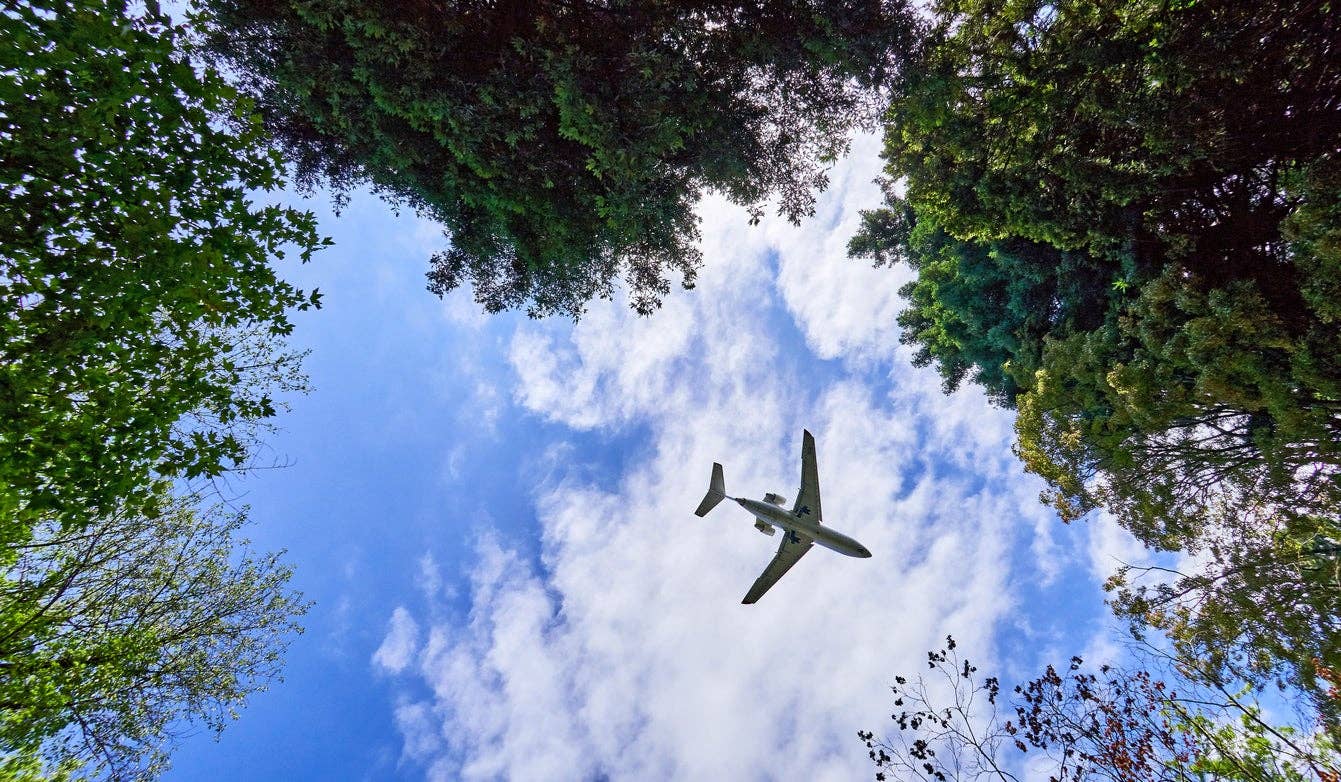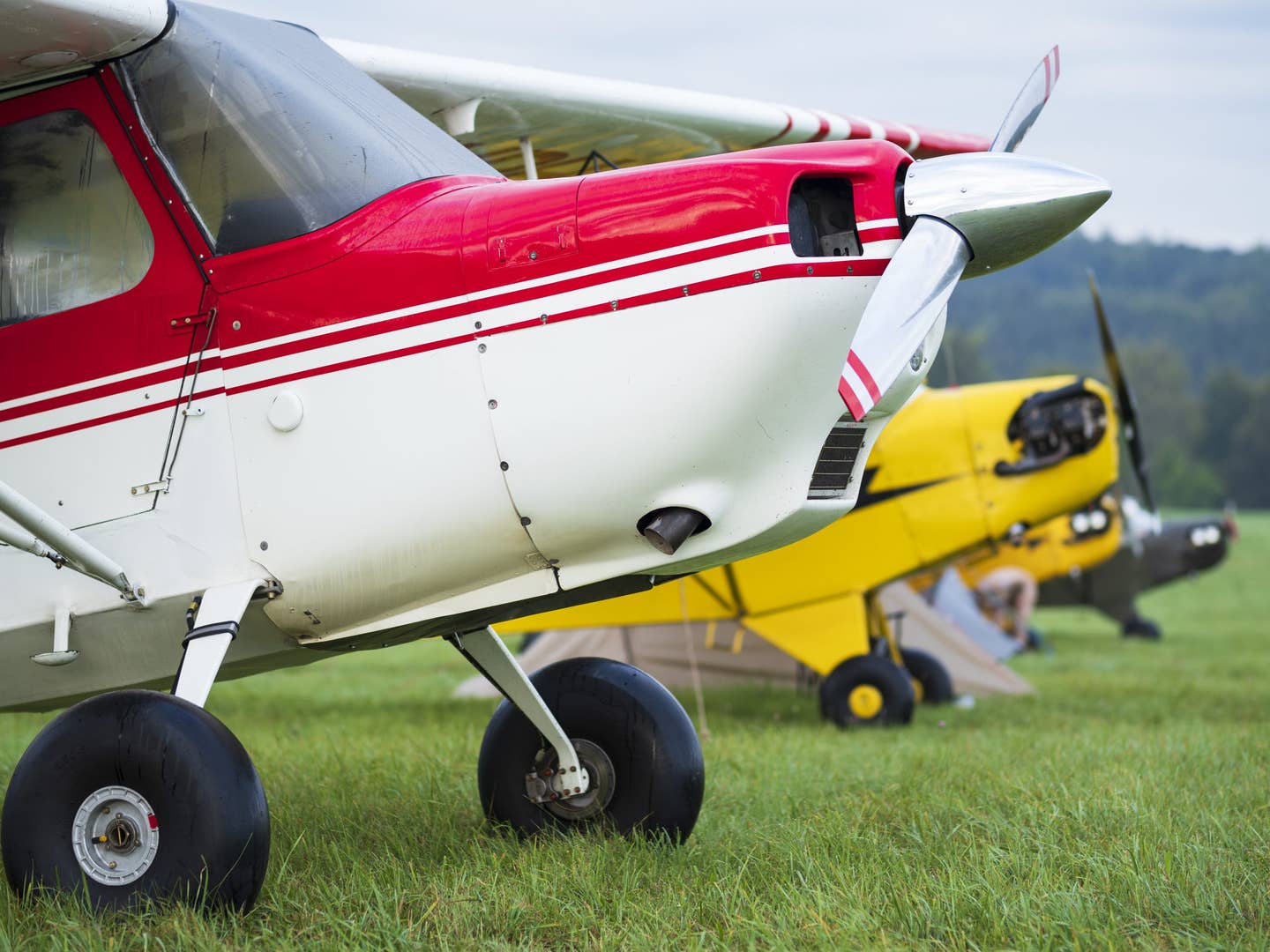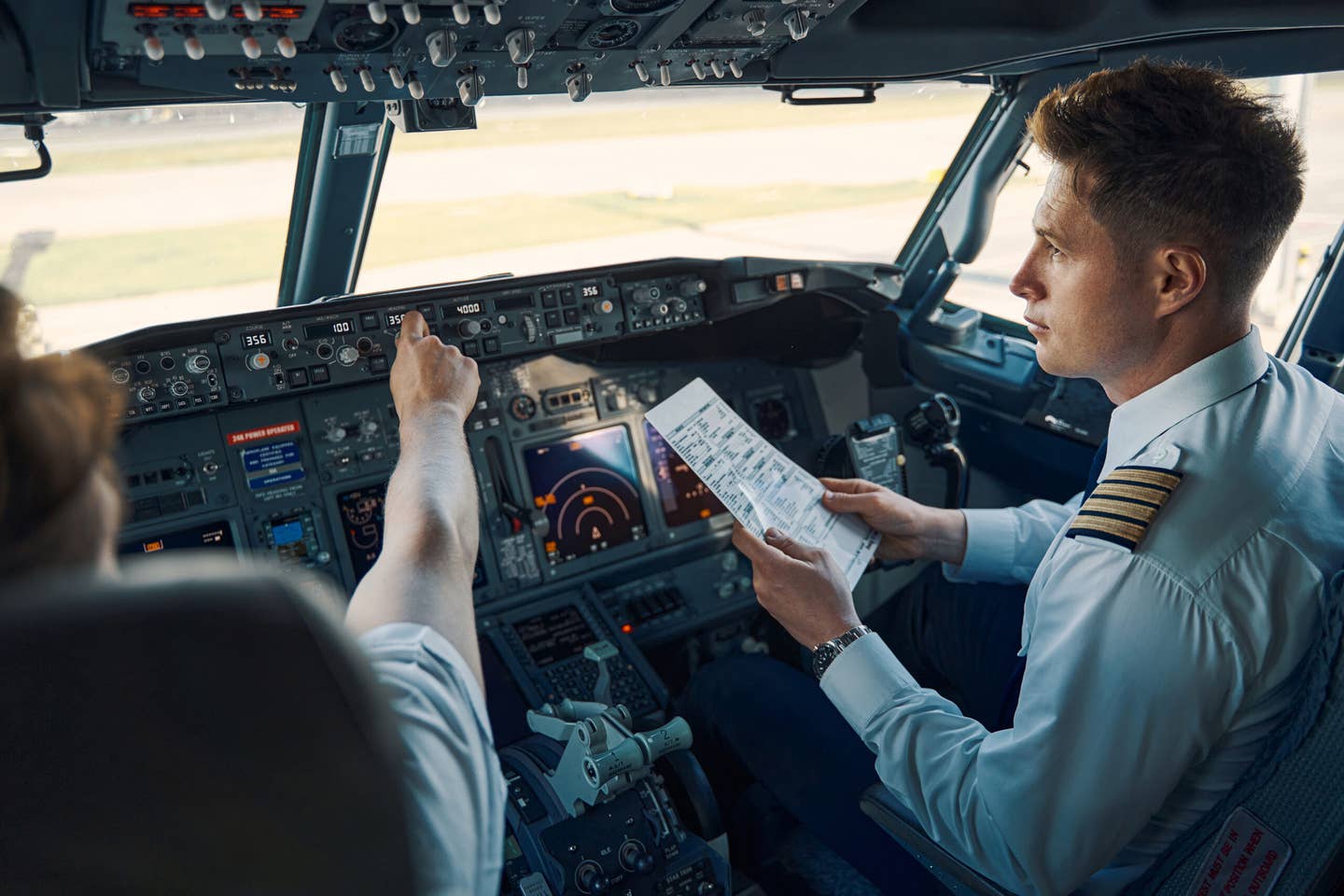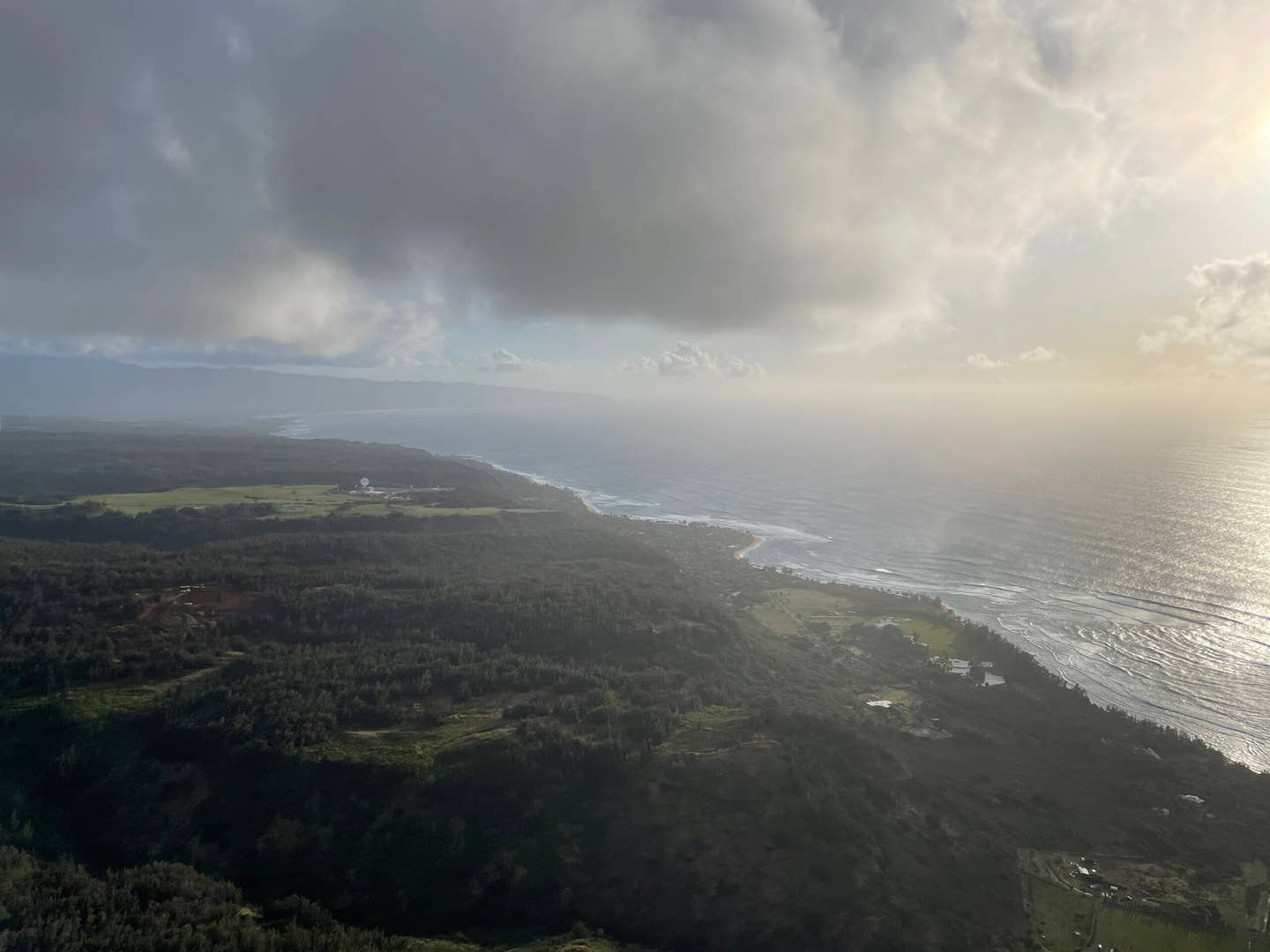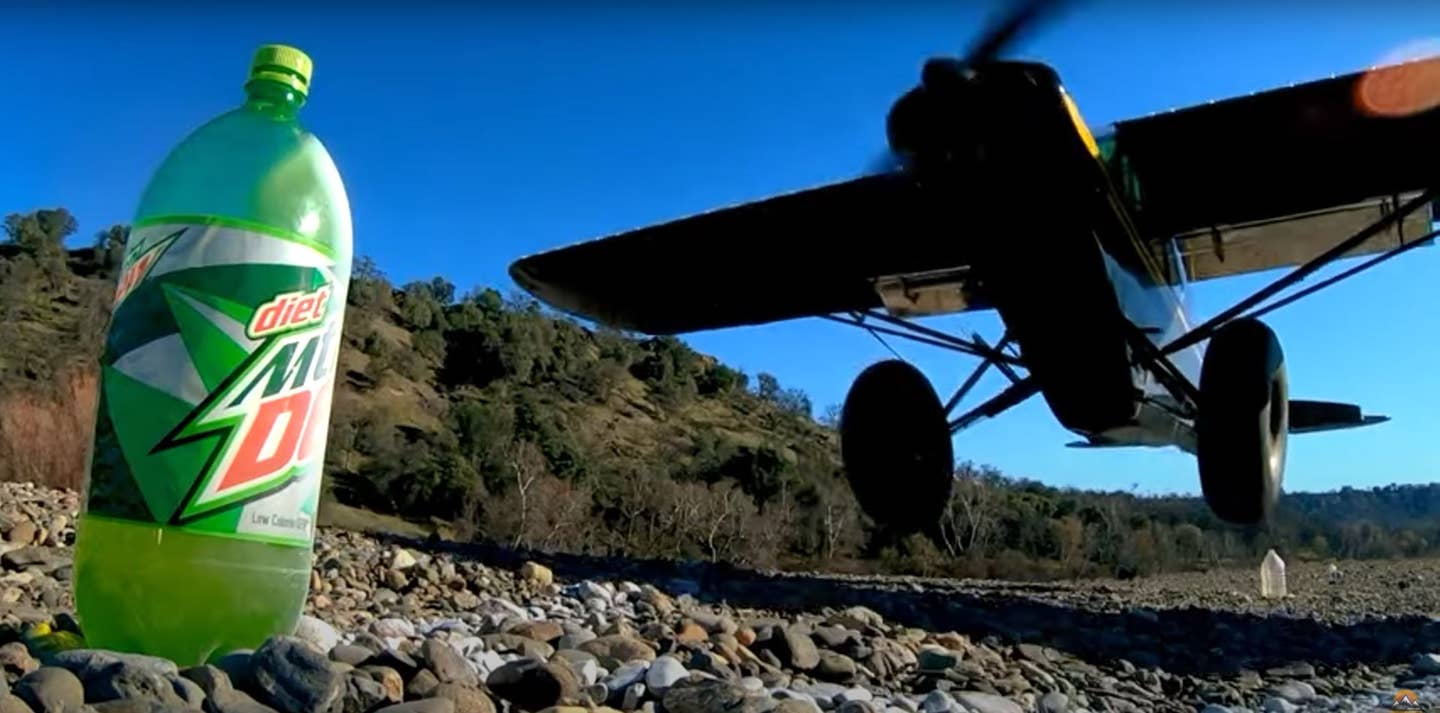Why the Bottle Cap Challenge Excites New and Current Pilots Alike
A STOL crew chief offers reasons why the challenge developed and can be accomplished safely.

[YouTube screengrab: Trent Palmer]
Editor’s note: In a counterpoint to the questions raised in the piece Friday on the Bottle Cap Challenge, STOL crew chief Josh Richling offers reasons why the challenge developed and can be accomplished safely.
Created by backcountry pilots, the Bottle Cap challenge actually began three years ago on a sandbar of a river in California. Today, even rotor-wing pilots have joined in, putting their stamp on it. This challenge was not and should not be performed at an airport unless proper safety measures can be ensured.
With some 37 million challenge views on YouTube alone, this is the type of thing that general aviation could really use to inspire the next generation to get their pilot’s certificate.
“It’s all managed risk based on many factors, but largely on our experience and training.”
Just like generations before them who were inspired by fighter-pilot videos, aspiring pilots realize they may never actually become a fighter pilot but were encouraged by what they saw to go give flying a try. Upon training for the challenge, pilots quickly realize the “the bottle cap challenge”—just like the “dog fight,” “strafing run,” or a Red Bull aerobatic routine—is a very advanced skill and should be guided by their CFI. In fact, a pilot should not attempt any of these maneuvers until they have been flying a significant amount of time in an appropriate aircraft that they have mastered.
The question has been brought up regarding the validity of this skill in the “real world,” and while that question answers itself when watching back country training videos in the Pacific Northwest and Alaska, it also begs the question, “Why does everything we do have to have a practical application anyway?” Is a $100 hamburger practical? Flying on these terms is meant to be fun.
Of course, if you're an ambitious pilot who drives themselves to acquire every certification on their way to becoming an ATP and never stops to smell the roses, you may never truly enjoy the freedom of flight nor acquire the skills to be proficient at very low speeds and that’s okay. This is not a jab at ATPs or professional pilots who are very knowledgeable and skilled in their own right. We all have our niches in aviation. Some have many. This is what makes aviation so great!
Some pilots love aerobatics, others are warbirds-only; some like fast airplanes while others prefer an old Piper Cub. Some pilots have never opened a FAR/AIM, while others have never looked out the window—but we all love aviation. When we are at an airshow or event, we look up at the aircraft that is flying with the respect they deserve regardless of whether they are in our niche or not, regardless if we find their style of flying practical or not. We are all on the same team.
Is this challenge dangerous? Hardly, but having said that, there is an inherent risk with everything we do. Arguably the drive to the airport contains more objective risk. I can think of a lot of dangerous things we do in aviation which are considered acceptable, such as multi-G maneuvers, flying aircraft into areas you’re likely to get shot at while returning fire, flying in icing conditions, IFR, aerobatics, racing airplanes, crop dusting, single-engine flight over water—and the list goes on.
It’s all managed risk based on many factors, but largely on our experience and training. This challenge is no different. Although I’ve never heard of a pilot participating in the Tide Pod Challenge, all of these types of flying are statistically safer than a pointless challenge such as that. However, if you're a CFI, you certainly have a responsibility to your inexperienced students to make sure they understand this.
May the bottle cap challenge live on!
Be safe and responsible.
Editor’s Note: The opinions expressed are those of the writer and do not necessarily reflect those of FLYING Media.

Sign-up for newsletters & special offers!
Get the latest FLYING stories & special offers delivered directly to your inbox

